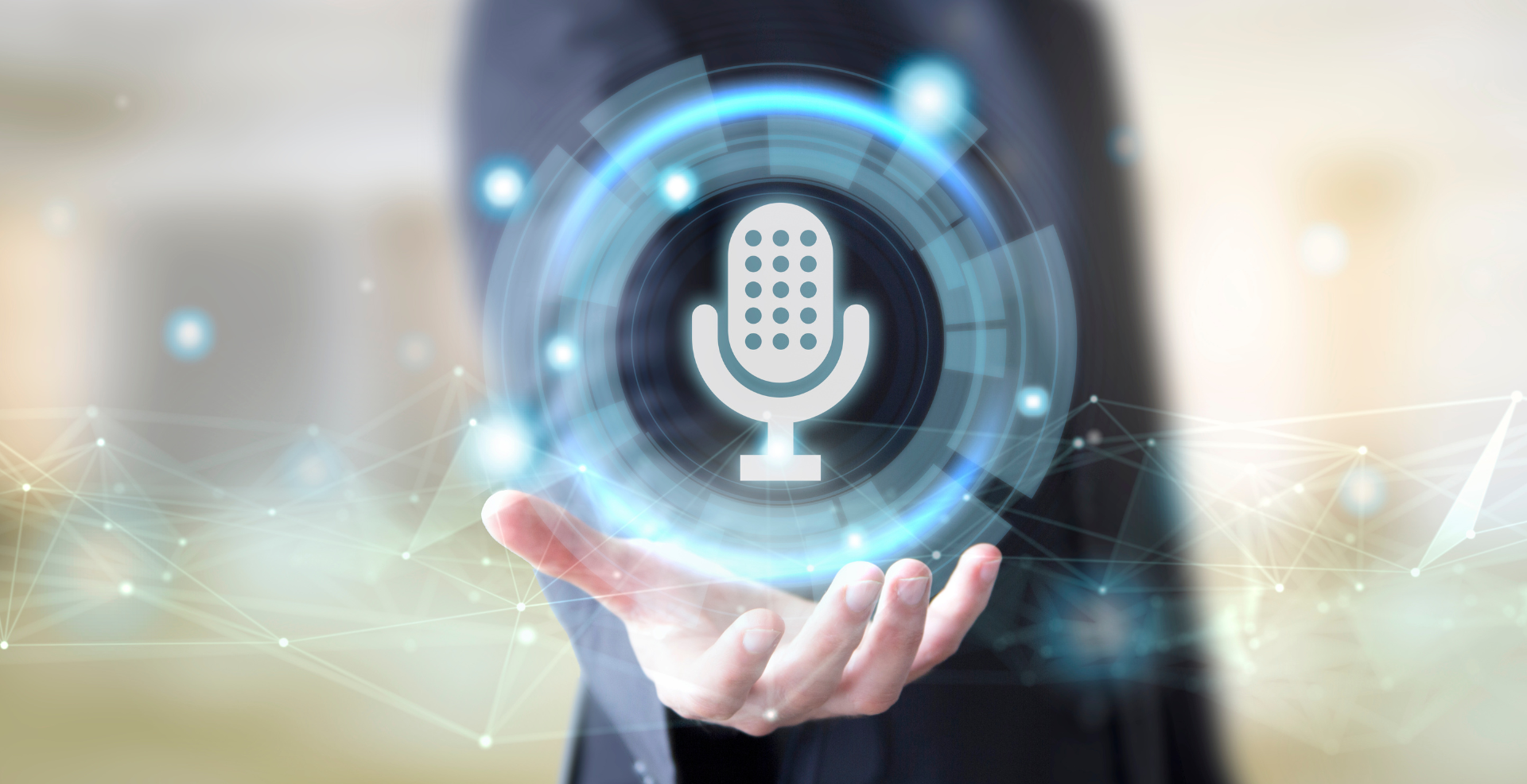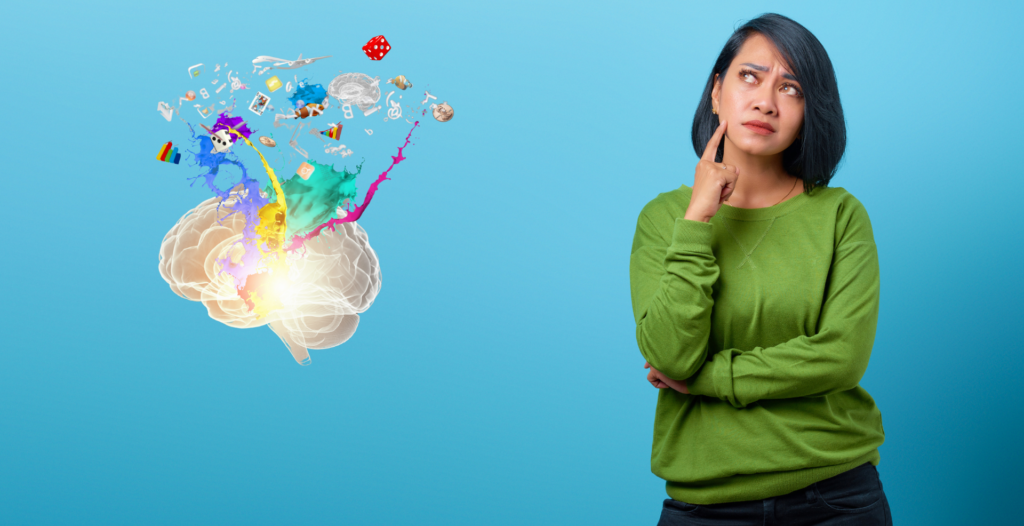Does Google Assistant Use AI?
Artificial Intelligence (AI) has become an integral part of modern technology, enhancing the capabilities of various applications and devices. One prominent example is Google Assistant, a virtual assistant developed by Google. But does Google Assistant use AI? Let’s delve into the details to understand the role of AI in Google Assistant and how it functions step by step.
Introduction to Google Assistant
Google Assistant is a virtual assistant powered by Google’s advanced AI technologies. It was first unveiled at the Google I/O developer conference in May 2016. The assistant is designed to provide users with a conversational interface to interact with their devices and access information, perform tasks, control smart home devices, and more.
The Foundation of Google Assistant: AI and Machine Learning
Natural Language Processing (NLP)
At the core of Google Assistant is Natural Language Processing (NLP), a branch of AI that focuses on the interaction between computers and humans through natural language. NLP enables Google Assistant to understand, interpret, and respond to user queries in a way that feels natural and intuitive.
- Speech Recognition: Google Assistant uses advanced speech recognition algorithms to convert spoken language into text. This involves analyzing the audio input, breaking it down into phonemes, and mapping them to words and sentences.
- Intent Recognition: Once the speech is converted to text, NLP algorithms analyze the text to determine the user’s intent. This involves parsing the sentence structure, identifying key phrases, and understanding the context.
Machine Learning (ML)
Machine Learning is another crucial component of Google Assistant. ML algorithms enable the assistant to learn from user interactions, improve its performance over time, and provide more accurate and personalized responses.
- Training Data: Google Assistant is trained on vast amounts of data, including text, audio, and user interactions. This data helps the assistant understand various accents, dialects, and contextual nuances.
- Neural Networks: Google uses deep learning techniques, specifically neural networks, to process and analyze the data. These networks mimic the human brain’s structure and function, allowing the assistant to recognize patterns and make predictions.
How Google Assistant Uses AI: Step-by-Step Process
Voice Input
The interaction begins when a user activates Google Assistant using a wake word (e.g., “Hey Google” or “OK Google”) or a physical trigger. The user then speaks their query or command.
Speech Recognition
Google Assistant captures the audio input and uses AI-powered speech recognition algorithms to convert the spoken words into text. This involves breaking down the audio into smaller units and matching them to known phonemes and words.
Natural Language Understanding (NLU)
Once the speech is converted to text, the assistant uses Natural Language Understanding (NLU) to analyze the text and determine the user’s intent. This involves parsing the sentence structure, identifying key phrases, and understanding the context of the query.
Query Processing
With the user’s intent identified, Google Assistant processes the query. This may involve retrieving information from Google’s vast knowledge base, interacting with third-party services, or performing specific tasks such as setting reminders or controlling smart home devices.
Response Generation
After processing the query, Google Assistant generates a response. This response is formulated based on the user’s intent and the information retrieved. The assistant uses natural language generation (NLG) algorithms to create a coherent and contextually appropriate response.
Text-to-speech (TTS)
The final step involves converting the generated text response back into speech. Google Assistant uses AI-powered text-to-speech (TTS) technology to synthesize natural-sounding speech, which is then played back to the user.
Advanced AI Features in Google Assistant
Contextual Awareness
Google Assistant leverages contextual awareness to provide more relevant and accurate responses. This involves understanding the context of the current interaction and maintaining context across multiple interactions. For example, if a user asks, “What’s the weather like today?” followed by “Will it rain tomorrow?” the assistant understands that both queries are related to weather information.
Personalization
Google Assistant uses AI to personalize responses based on user preferences and past interactions. This includes remembering user preferences for music, reminders and frequently asked questions. Personalization enhances the user experience by providing tailored responses and recommendations.
Continuous Learning
AI enables Google Assistant to continuously learn and improve over time. By analyzing user interactions and feedback, the assistant can refine its algorithms, improve accuracy, and expand its capabilities. This continuous learning process ensures that Google Assistant remains up-to-date and relevant.
Conclusion
In conclusion, Google Assistant extensively uses AI to deliver a seamless and intuitive user experience. From speech recognition and natural language processing to machine learning and contextual awareness, AI powers every aspect of Google Assistant’s functionality. This sophisticated integration of AI technologies allows Google Assistant to understand and respond to user queries, perform tasks, and provide personalized assistance. As AI continues to advance, we can expect Google Assistant to become even more capable and versatile, further enhancing our interactions with technology.
This detailed post should provide a comprehensive understanding of how Google Assistant uses AI and the step-by-step process involved.


